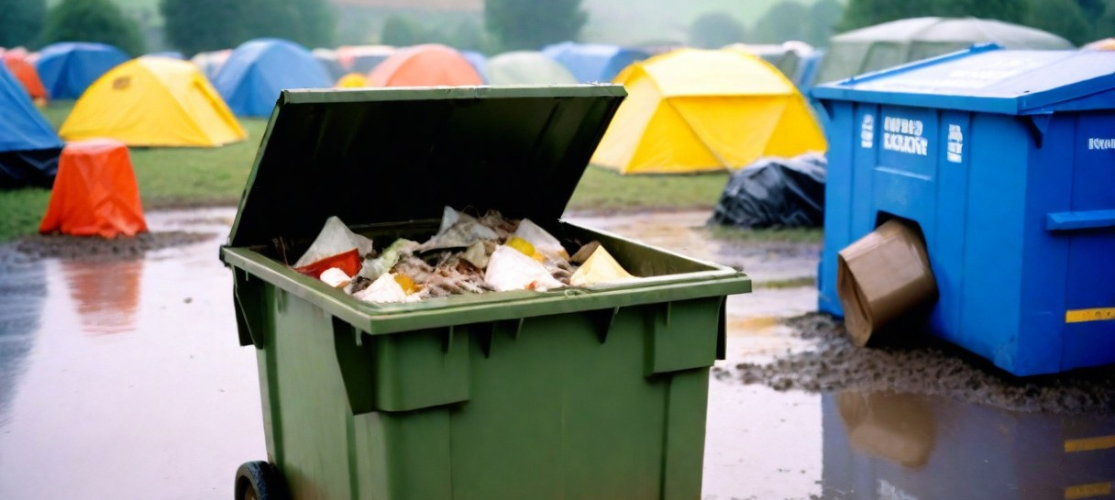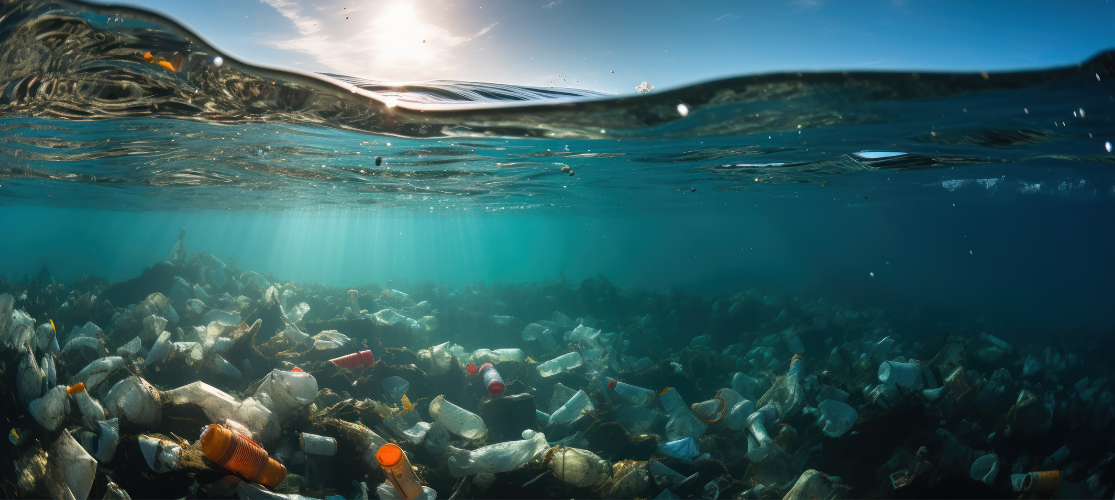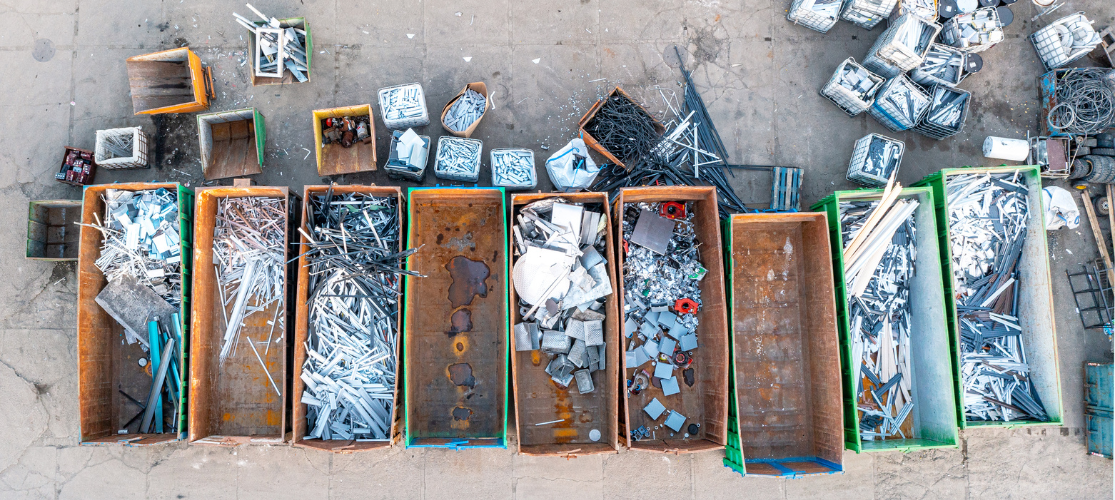Ever had a quick glance into a skip on somebody’s driveway and thought ‘why are they throwing that away?’? Or looked around a shop only to find something that you could have made much cheaper yourself with the bits and bobs you have around your house?
It takes a real creative spirit to see the potential beauty in something that another would have binned without a second thought. In this article, we’re going to take a dive into the art of upcycling and discover what it actually is, how it’s different to recycling, and how to achieve beautiful household objects with waste from bins and skips.
What is upcycling?
Upcycling is the process of transforming or repurposing old or waste materials into new items of higher quality.
The concept of upcycling encourages creativity and finding innovative ways to refresh items that would otherwise be thrown away. It involves reimagining the potential uses of various materials and incorporating them into new designs or functional objects. Upcycling can be applied to a wide range of materials, including paper, plastic, textiles,wood, metal and more.
By upcycling, individuals can reduce waste and minimise the environmental impact of manufacturing new products. It promotes sustainability by extending the lifespan of materials and reducing the demand for new resources. Upcycled items often possess unique characteristics and showcase the imagination of the creators.
What’s the difference between upcycling and recycling?
Although both are ways of breathing new life into an item, product or material, there are some fundamental differences between recycling and upcycling. Recycling often involves breaking down materials into their raw components in order to create new products, whereas upcycling aims to retain or enhance the existing material’s qualities and give it a new purpose. The end product following the recycling process may differ significantly from its original form, whereas upcycled products often still hold a resemblance to the original item.
Another difference is environmental impact. Whilst both are good for the environment, the recycling process can still consume energy and generate waste. Upcycling, however, often requires less energy and fewer resources, because it focuses on creative reuse rather than breaking down and remanufacturing.
The art of upcycling
There are many bits of rubbish that get ‘upcycled’ into a different form of rubbish, only to be thrown in the bin a short while after the project is finished. However, if you do have the creative vision, time and attitude to truly transform something rubbish into something beautiful, you will feel a strong sense of accomplishment and pride.
A popular form of upcycling is creating art with waste items. These items can be beautiful, or practical, such as American artist, Christopher Fennell’s, bus shelter made out of a school bus.
And upcycling doesn’t have to be difficult. Even if you don’t consider yourself to be an artistic person, you can still make some aesthetically pleasing furniture or artwork out of old or broken pieces. The easiest way of upcycling something is to paint it a new colour. A chest of drawers can be easily transformed by sanding it down and painting it a colour that suits the style of the room it is in.
The possibilities are endless, so pop on your creativity hat and have fun whilst doing good for the environment, and your pocket.
Don’t fancy upcycling? EJ Shanley are here to help with a range of different waste management solutions. From skip hire to scrap metal or vehicle recycling, we can help you to get rid of your old rubbish. Contact us today to discuss your requirements.


